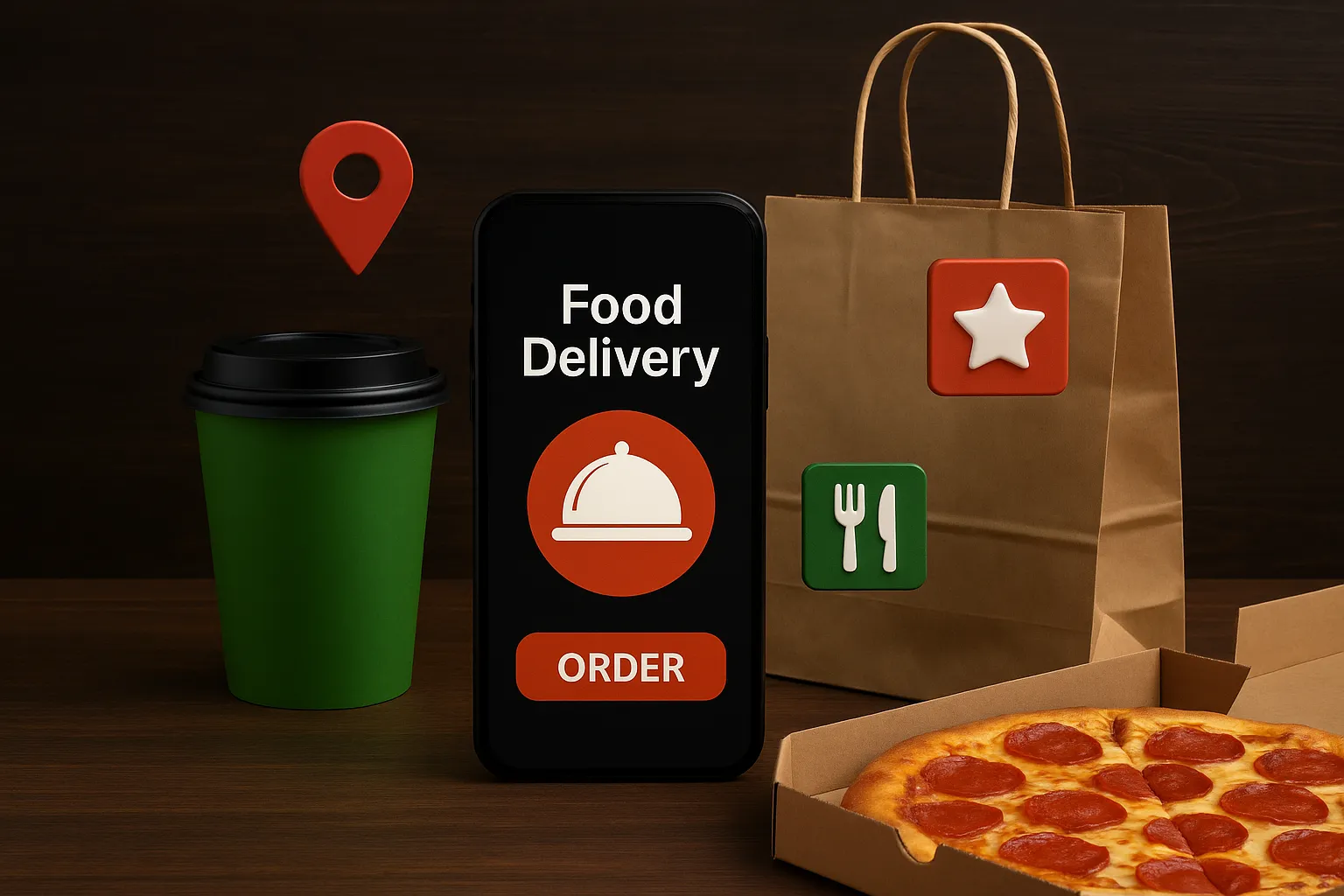Ever been so hungry you could eat your phone? We’ve all had that moment—whether it’s a late-night binge craving or a lazy Sunday afternoon slump—where the only lifeline is a food delivery app. You scroll, tap, and in 30 minutes, a cheesy pizza or a spicy biryani lands at your doorstep like clockwork. That seamless magic? Often made possible by platforms like Foodpanda.
But here’s the kicker—behind that magic lies an arsenal of powerful, user-centered features. For founders, entrepreneurs, and dream-chasing hustlers looking to build their own food delivery empire, understanding what fuels Foodpanda’s engine isn’t just insightful—it’s essential.
If you’re eyeing the on-demand food niche or dreaming of launching your own food delivery MVP, let’s slice open the feature pie. And if building your own high-performance app sounds like a mouthful, don’t worry—Miracuves has you covered from code to customer
Read more: What is Foodpanda App and How Does It Work?
Foodpanda’s Core Features That Just Work
1. Intuitive User Registration & Profile Management
First impressions? They matter more than you think. Foodpanda ensures users can sign up using mobile numbers, emails, or even social logins (think: Google, Facebook, Apple). Add profile images, save addresses, payment preferences—bam!—personalized from the get-go.
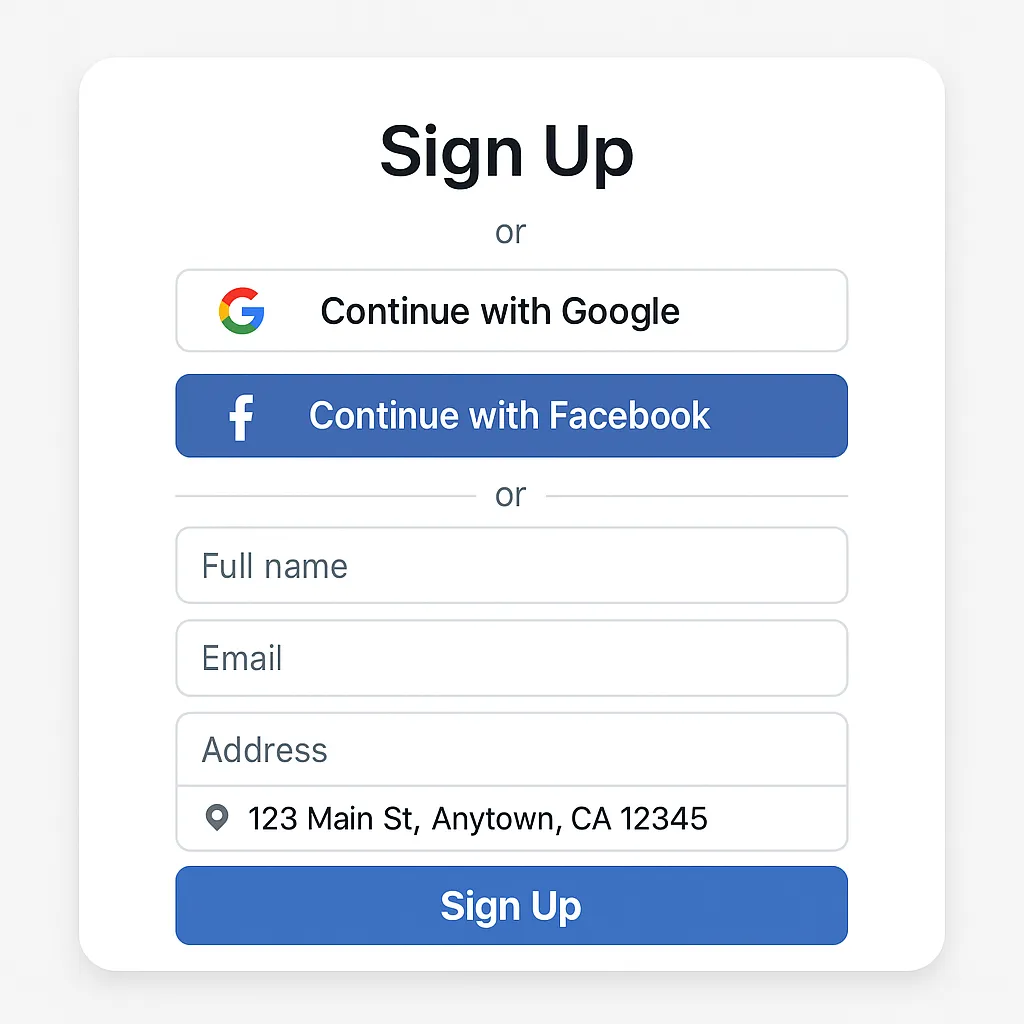
2. Smart Restaurant Listings & Filters
Foodpanda’s restaurant discovery isn’t just about listing names. It’s contextual. Location-based listings, dynamic ratings, open/close filters, cuisine types, veg/non-veg tags—everything’s stitched together to make decision-making deliciously simple.
And oh, got a thing for late-night sushi or vegan brownies? The “filter and sort” mechanism ensures you find it before you lose your appetite.
Don’t just list eateries—create discovery. Use tags, top picks, trending sections like “Best under 30 mins” or “Budget Bites.”
3. Real-Time Order Tracking
Once you hit “Order Now,” anxiety kicks in. Did the order go through? Is the rider nearby? Is my biryani getting cold?
Foodpanda uses live GPS tracking—a killer combo of maps, rider status, and ETAs—to calm users down and build trust. It’s the heartbeat of user retention.
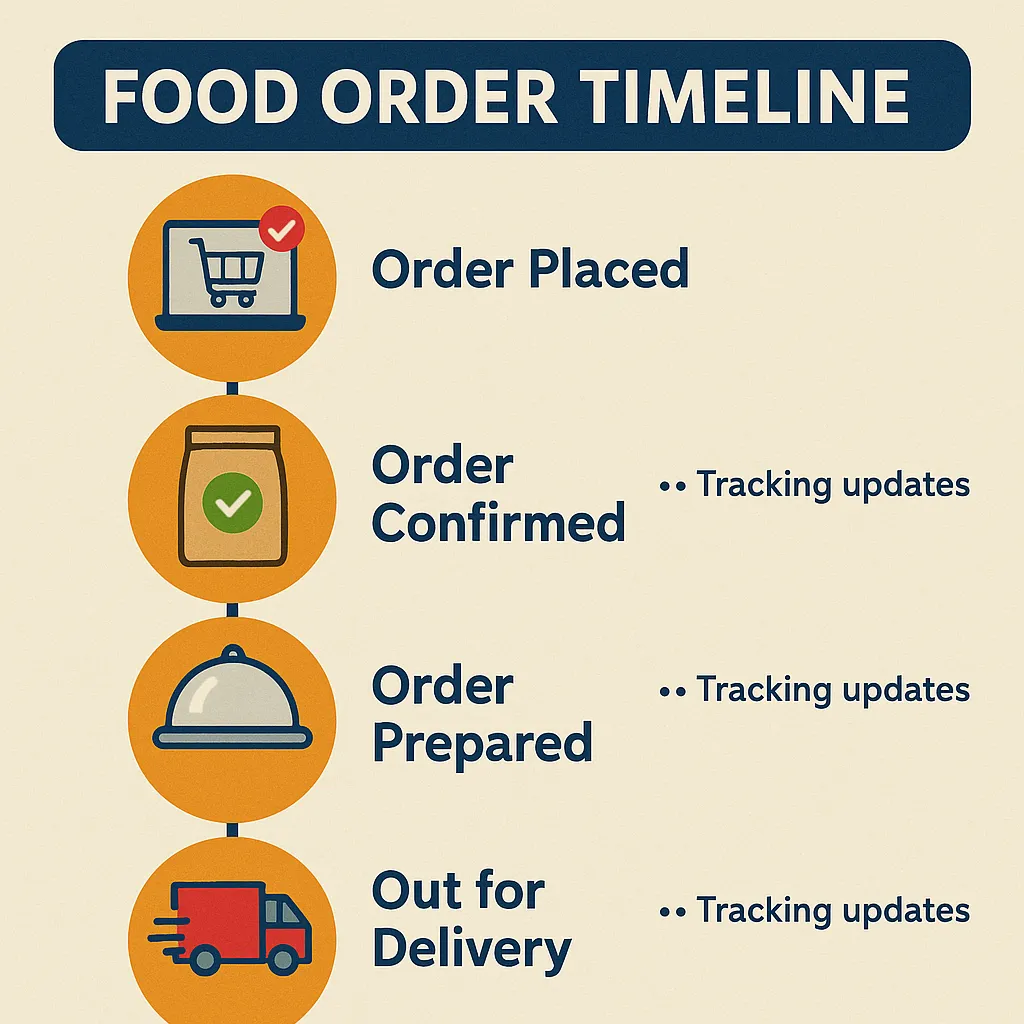
4. Multiple Payment Gateways & Wallet Integration
Let’s be real—nothing kills conversions like a broken checkout. Foodpanda integrates credit cards, debit cards, UPI, wallets like PayTM, and even cash-on-delivery in some markets. Diversity in payment = inclusivity = more sales.
Plus, saved payment methods and one-click checkouts? That’s dopamine for hungry fingers.
Powering the Kitchen: Features for Restaurants
1. Partner Restaurant Dashboard
Restaurants aren’t just vendors—they’re stakeholders. Foodpanda’s vendor dashboard lets restaurants:
- Manage menus (price, stock, availability)
- Accept or decline orders
- View analytics (best-sellers, revenue)
- Monitor delivery handoffs
A feature-rich dashboard not only improves transparency but builds trust. And trust? It bakes loyalty.
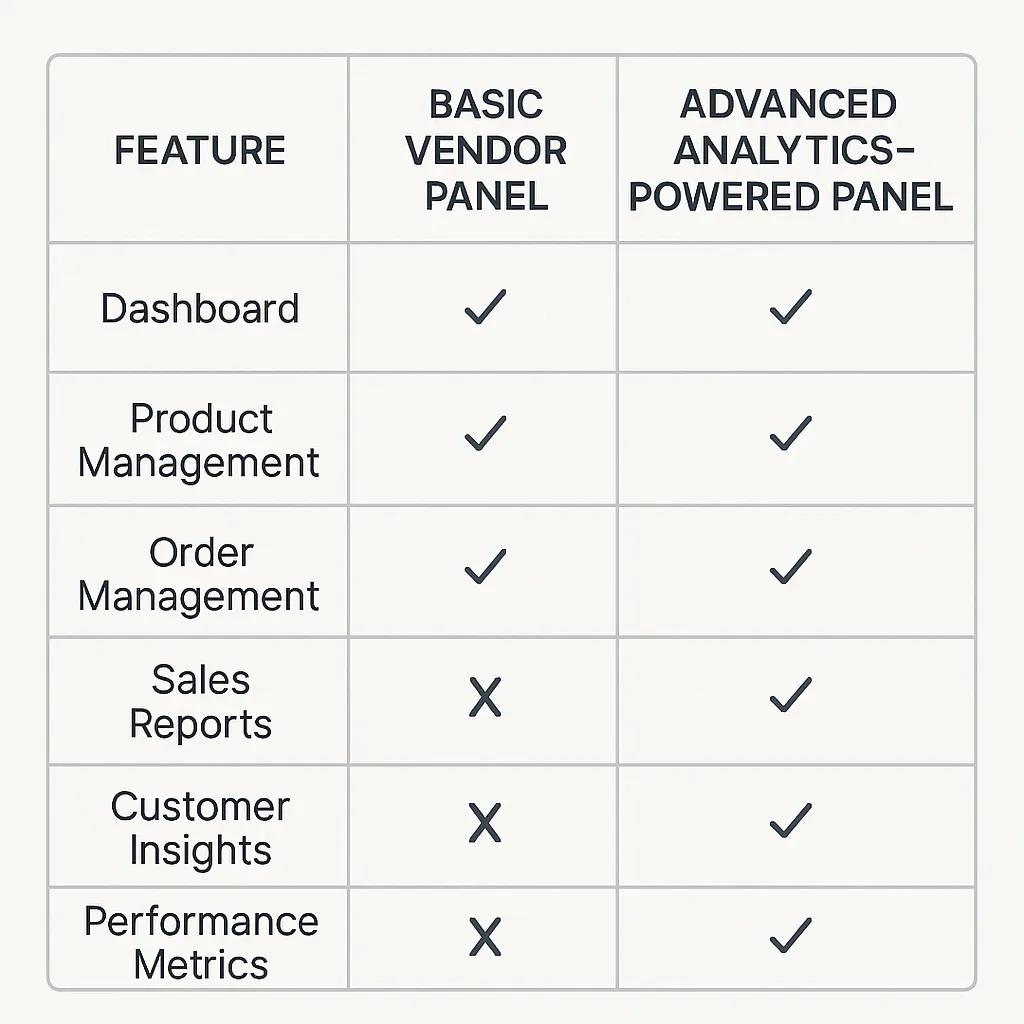
2. Instant Menu Updates
Want to launch a limited-time mango shake or pull out that sold-out lasagna? Foodpanda lets restaurant partners update their menus in real-time—no calls, no emails, no delays. It’s food-tech efficiency at its best.
Behind the Scenes: Logistics, Admin & Monetization Features
1. Admin Super Panel
If Foodpanda were a plane, the admin dashboard would be the cockpit. Here’s where the founders (aka you) take flight:
- Add/delete/approve restaurants
- Manage commissions
- View app analytics (orders/day, average order value, bounce rate)
- Control coupons & discount campaigns
- Oversee customer service queries
Without a robust admin panel, you’re flying blind.
2. Driver App with Optimized Routing
Drivers (or riders) get their own app—complete with order queues, pickup/drop location, status update buttons, and route optimization via Google Maps or Mapbox. Foodpanda reduces delivery times while keeping drivers informed.
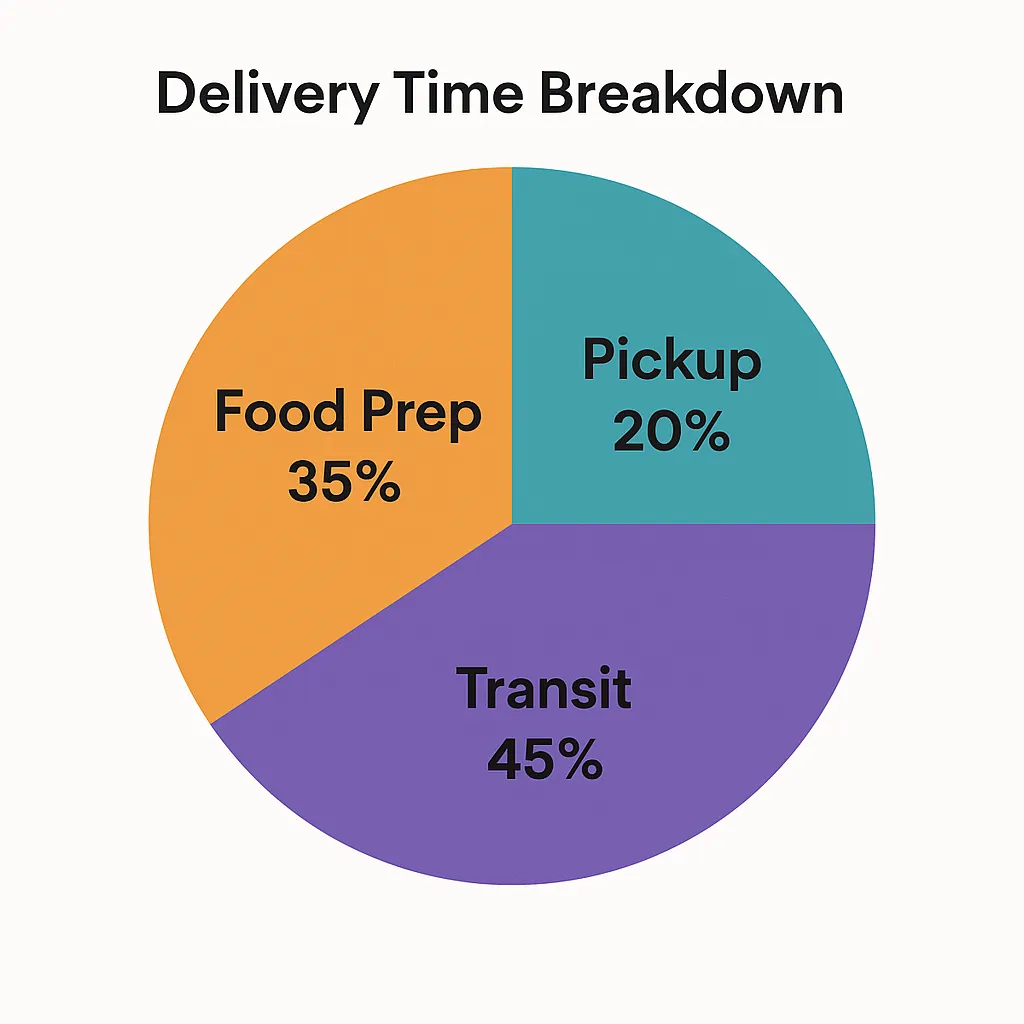
Delight and Retain: Customer-Facing Innovations
1. Promo Codes, Loyalty Programs & Referrals
Promotions aren’t just marketing fluff. They’re behavior nudges. Foodpanda nails this with:
- First-order discounts
- Referral cashbacks
- Loyalty points redeemable on orders
- Gamified offers (“Order 3 times, get 1 free”)
Psychology meets product design—and your revenue jumps.
2. Push Notifications & Personalized Offers
Foodpanda doesn’t spam. It nudges—based on time, location, past behavior. Craving pasta? You might just get a 15% off push at 8PM on a Friday.
This contextual communication is gold.
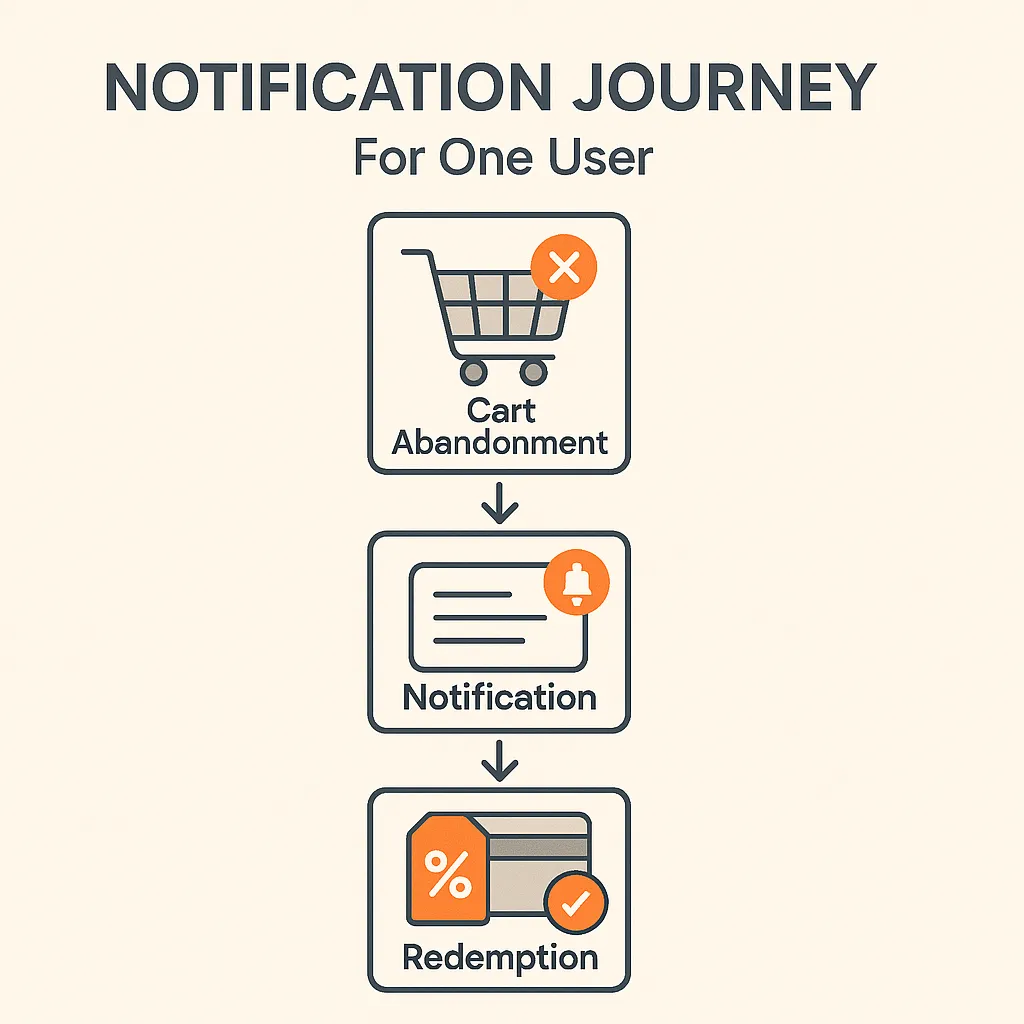
Read more: Best Foodpanda Clone Scripts in 2025: Features & Pricing Compared
Emerging Add-ons That Set Foodpanda Apart
1. Scheduled Orders
Want your breakfast burrito to arrive at 9AM sharp tomorrow? Foodpanda lets you schedule ahead. This is big for office orders, bulk birthday meals, or, hey—Type A planners.
2. Subscription Model (Panda Pro)
Frequent foodies can subscribe to Panda Pro—a monthly plan offering free delivery, exclusive discounts, and early access to new deals. Think Amazon Prime, but for munchies.
Thinking of jumping into the food delivery race? You’re not alone—and you’re not under-equipped. With the right tech partner, launching a Foodpanda clone isn’t just a possibility—it’s your next big win.
According to Statista, the global online food delivery market continues to experience significant year-over-year growth
Ready to launch a seamless on-demand meal delivery platform? Discover our reliable food delivery app development services to build a user-first, scalable solution that meets today’s digital expectations
Conclusion
Foodpanda didn’t become a household name by luck—it’s a cocktail of design thinking, logistics mastery, user psychology, and continuous iteration. For anyone dreaming of launching the next big thing in food tech, studying this feature set is a masterclass.
And remember—features don’t build themselves. Nor do unicorns.
At Miracuves, we help innovators launch high-performance app clones that are fast, scalable, and monetization-ready. Ready to turn your idea into reality? Let’s build together.
FAQs
Q:1 What’s the most important feature in a Foodpanda-like app?
Live order tracking and seamless checkout. These build user trust and reduce churn.
Q:2 Can I add my own branding and custom UI?
Absolutely. White-label solutions let you customize design, branding, even feature sets.
Q:3 How do restaurants get onboarded?
Either via manual approval from admin panel or self-registration with documentation checks.
Q:4 Is a subscription model like Panda Pro necessary?
Not at launch—but it’s great for retention and recurring revenue down the line.
Q:5 What tech stack does a Foodpanda clone use?
Typically, Node.js or Laravel for backend, Flutter or React Native for cross-platform apps, and MySQL or MongoDB for databases.
Q:6 Does Miracuves offer post-launch support?
Yes! From bug fixing to feature scaling and version upgrades—Miracuves has your back.
Related Articles:



